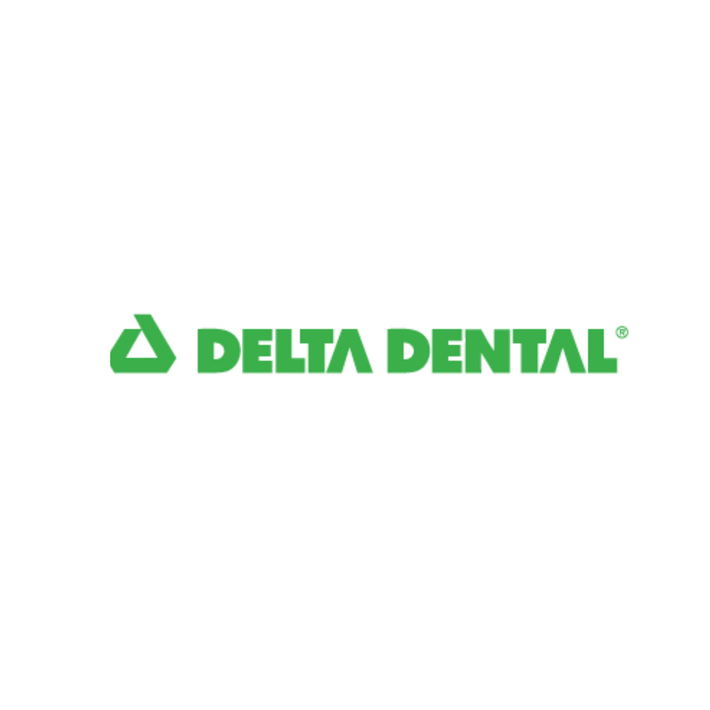How to Clean Night Guard for Teeth Grinding
A custom occlusal guard—often called a night guard for teeth grinding—is your first line of defense against ...














Take clear pictures of your teeth from home.
Upload your insurance info for a quick check.
Our team reviews and gets you set up fast.
Retainers can range widely in cost depending on the type and whether they're part of your orthodontic treatment plan. Removable options like Essix retainers (the clear plastic kind) typically cost between $100 to $250 per arch, while Hawley retainers, which use acrylic and metal wires, run from $150 to $300. If you're considering a permanent retainer, the initial placement usually costs $150 to $500, with possible repair or replacement fees down the line. Invisalign patients may be offered Vivera retainers, which are custom-made and priced in a bundled subscription, often running $400 to $1,000 for a set of four. Prices vary based on your provider and whether you’re replacing a lost or damaged retainer out of pocket.
Cleaning your retainers is essential for oral health and preventing bad breath, especially if you wear them daily. For removable retainers, rinse them with lukewarm water after every use and gently brush with a soft toothbrush—avoid toothpaste, as it can scratch the material. For a deeper clean, soak them in retainer cleaning tablets once or twice a week. If you wear a permanent retainer, flossing is key. Use a floss threader or interdental brush to remove plaque around the bonded wire. Whatever type you use, avoid hot water, harsh chemicals, and alcohol-based mouthwash, which can warp or damage your retainers.
Yes—retainer cleaning tablets are a quick, effective way to remove plaque, bacteria, and odor-causing buildup from your retainers. These effervescent tablets dissolve in water and work within minutes, making them a popular weekly cleaning option, especially for clear retainers like Essix or Vivera. Many dental professionals recommend combining daily brushing with tablet use 1–2 times per week for best results. They’re especially helpful if your retainer starts to smell or look cloudy. While not a substitute for brushing, cleaning tablets are a solid tool in your retainer care routine.
A permanent retainer is a thin wire bonded behind your teeth—usually the lower front teeth—to keep them from shifting after braces or Invisalign. Unlike removable retainers, you don’t have to remember to wear it, which makes it ideal for patients who want a low-maintenance option. It’s commonly recommended when there’s a high risk of relapse or if the patient had severe crowding. The main downside? Cleaning is more time-consuming—you’ll need to floss around the wire carefully and watch for tartar buildup. Permanent retainers can last for years but may need repair if they become loose or damaged.
There are three main types of retainers for teeth: Hawley, Essix, and permanent. Hawley retainers are the traditional wire-and-acrylic option—durable and adjustable, but more noticeable. Essix retainers are clear and nearly invisible, making them popular for aesthetics, though they can warp over time and may need more frequent replacement. Permanent retainers are fixed behind your teeth and offer continuous alignment without the need to remember daily wear. Each type has pros and cons depending on your dental history, personal habits, and how much movement your orthodontist expects post-treatment.
Yes, Medicaid can cover retainers, but it depends on your age, state, and whether the treatment is considered medically necessary. For children and teens under 21, Medicaid often covers orthodontic care—including braces and retainers—when it's deemed necessary for overall health, not just cosmetic reasons. This typically includes post-treatment retainers as part of a full orthodontic plan.
For adults, coverage is much more limited. Most state Medicaid programs do not include orthodontic services like retainers for adults unless there’s a documented medical condition that requires it. Even then, approval usually requires prior authorization and clinical justification from your orthodontist.
If you're unsure, the best way to find out is to ask your provider and check with your state's Medicaid office to confirm if retainer coverage applies in your case.
After completing Invisalign treatment, you’ll transition to a Vivera retainer, which is essentially an Invisalign retainer designed to maintain your new smile. Made from the same SmartTrack material as the aligners, Vivera retainers are known for their comfort, durability, and precision fit. Unlike cheaper plastic options, they’re 30% stronger and less likely to crack or cloud over time. Vivera retainers are custom-ordered in sets—usually four—so you’ll always have a backup. They're not interchangeable with your old aligners, as they're molded specifically to hold your final results in place, not move your teeth further.
After your braces are removed, you’ll typically be instructed to wear your retainer full-time—day and night—for the first several months. Most orthodontists recommend wearing it for at least 4 to 6 months full-time, only taking it out for meals and brushing. After that, you’ll likely switch to wearing it only at night while you sleep. Long-term retention is key to keeping your teeth in place, which is why many orthodontists recommend wearing a retainer at night indefinitely. Teeth naturally shift over time, so sticking to your retainer schedule is essential for maintaining the straight smile you worked so hard for.
If you stop wearing your retainer, your teeth will gradually begin to shift out of alignment—a process called orthodontic relapse. You might start to notice crowding, crookedness, or gaps forming again, especially in the lower front teeth. Over time, these changes can become more noticeable and may require new orthodontic treatment to fix. Even small shifts can impact your bite and appearance, so skipping your retainer can lead to losing much of the progress you made with braces. To keep your teeth straight and your smile intact, it’s critical to wear your retainer as directed.